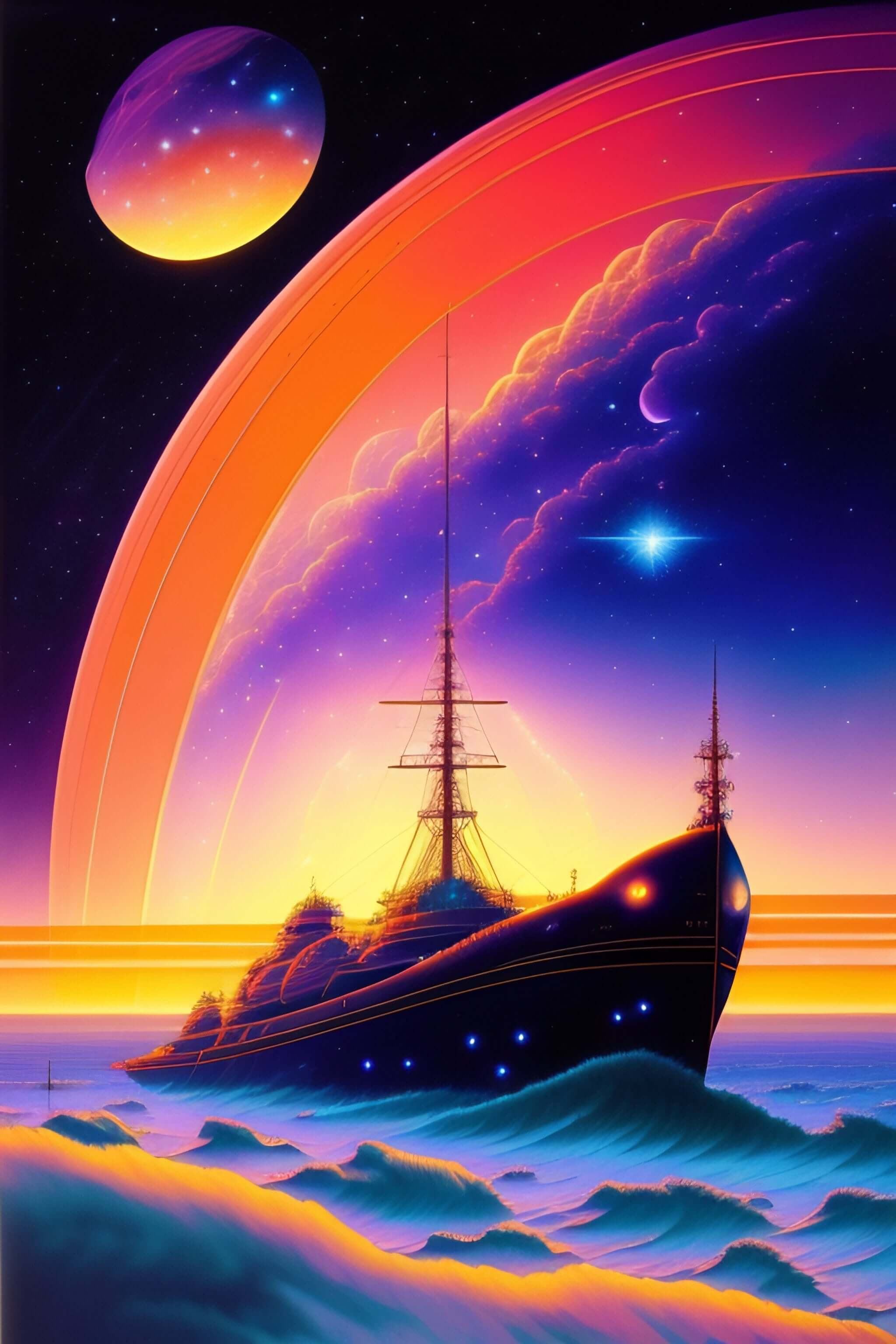
Midjourney DALL-E 3 and Stable Diffusion State of Generative AI Art
31 October, 2023
Midjourney, DALL-E 3, and Stable Diffusion are leading the charge in generative AI. These powerful systems can create incredible images and art from simple text prompts. But how do they compare? And what does the future hold for AI art?
Midjourney excels in usability and community. DALL-E 3 produces photorealistic images. And Stable Diffusion is open source. Each platform has unique strengths pushing the boundaries of creative AI.
In this article, I compare the capabilities of Midjourney, DALL-E 3, and Stable Diffusion. We also explore what the future could look like as AI art continues improving exponentially.
Comparison of Key Features
Midjourney Key Features
- Text-to-image generation
- Up to 4096x4096 resolution
- Animation and video generation
- User voting system
- Iterative image improvement
Midjourney excels in accessibility, ease of use, and community engagement.
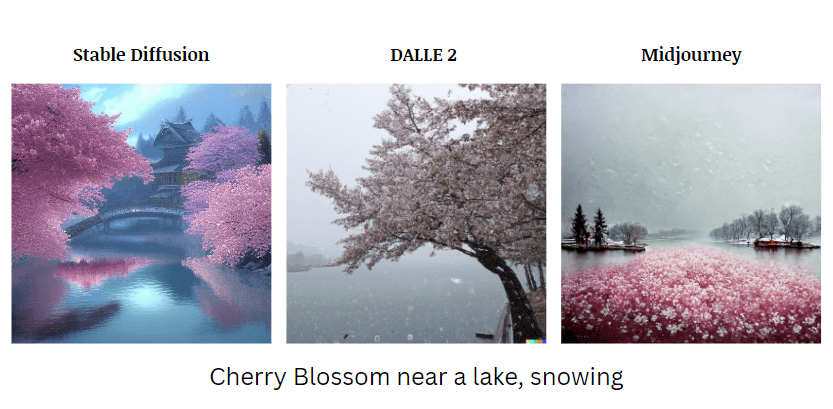
DALL-E 3 Key Features
- Photorealistic image generation
- 1024x1024 resolution
- Some animation and video capabilities
- Ratings to refine image generation
- Greater control over image aspects
DALL-E 3 creates highly realistic images and gives users more granular control.

Stable Diffusion Key Features
- Text-to-image and image-to-image generation
- Up to 512x512 resolution currently
- Video generation capabilities
- Open source model
- Highly customizable and extensible
Stable Diffusion is flexible and extensible but requires more technical skill.
Each platform has unique strengths and capabilities. But all represent major leaps in generative AI with more innovation on the horizon.
The system keeps learning from user feedback and examples to improve over time.
Recent Developments across Models
Here are some of the recent developments for Midjourney, DALL-E 3, and Stable Diffusion:
Midjourney Recent Developments
- Photorealistic image generation
- 3D image generation with depth and perspective
- Short video and animation capabilities
- Integration with ChatGPT for conversational art
Midjourney continues to rapidly enhance image realism, animation, and now conversational art.
DALL-E 3 Recent Developments
- Increased image resolution up to 1024x1024
- Ability to expand and refine parts of an image
- Outpainting to expand image borders
- Better handling of text and repetitions
DALL-E 3 offers higher resolution, outpainting, and refinements for more control.
Stable Diffusion Recent Developments
- SD 2.0 model with improved training data
- Upscaling images up to 4x higher resolution
- Textual inversion to edit image aspects
- Improved coherence and photorealism
Stable Diffusion is quickly incorporating new techniques to enhance image quality and editing capabilities.
The pace of innovation across these platforms is staggering. In just months, capabilities are advancing exponentially - a trend that will likely continue.
Transforming Businesses with Midjourney, Dalle-3 and Stable Diffusion
Businesses have found many innovative applications for Midjourney's generative powers. It can quickly visualize new concepts for products, services, and campaigns. Architects and designers are exploring its potential to refine blueprints and spatial concepts virtually. Overall, Midjourney helps organizations increase efficiency, reduce costs, and improve outcomes. Top Use cases include:
- Design - Create logos, ads, concept art, illustrations 10x faster
- Marketing - Generate social posts, banners, flyers with custom images
- Presentations - Visualize data, ideas and concepts with AI-generated slides
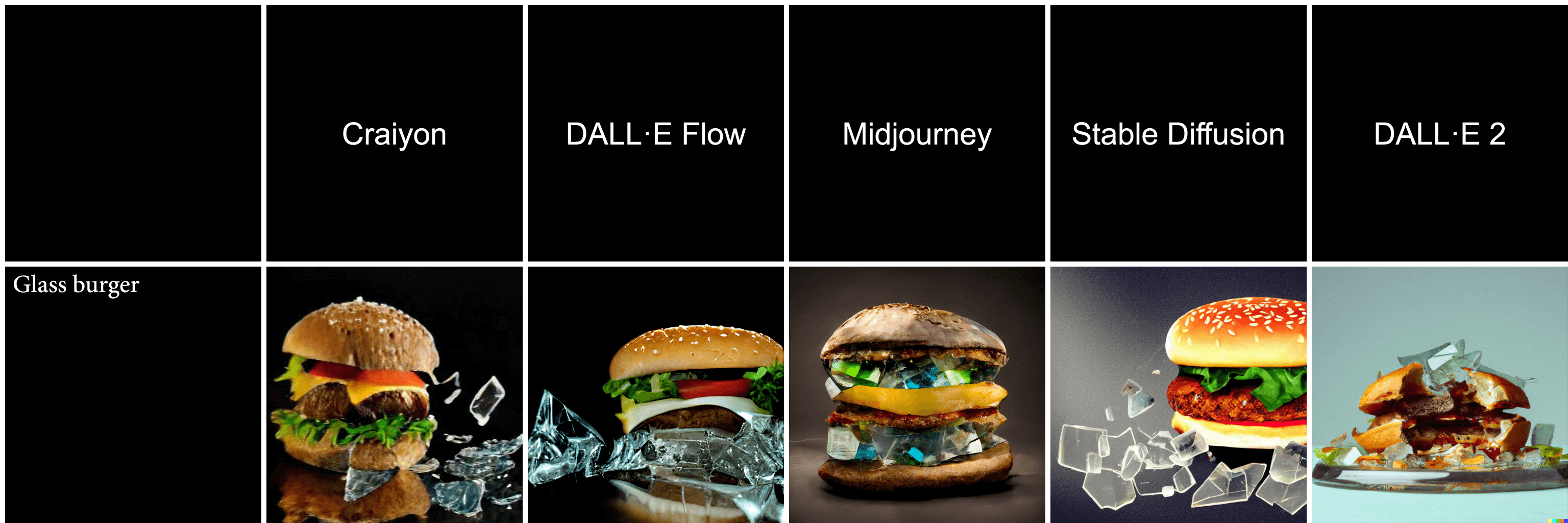
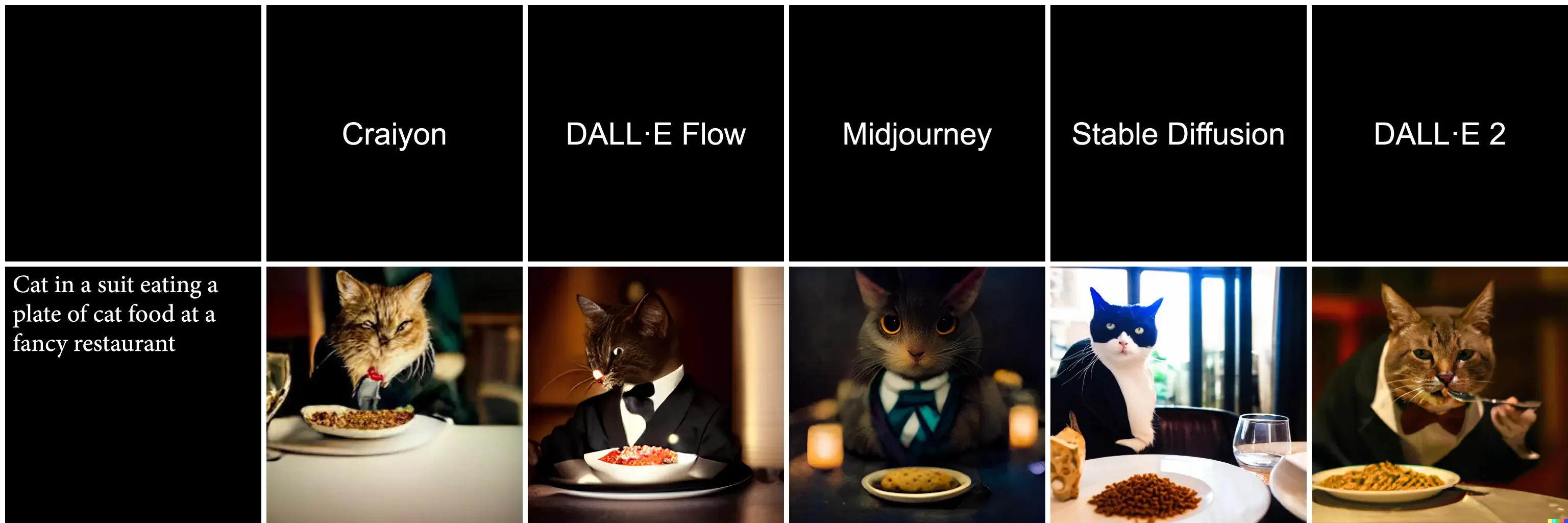

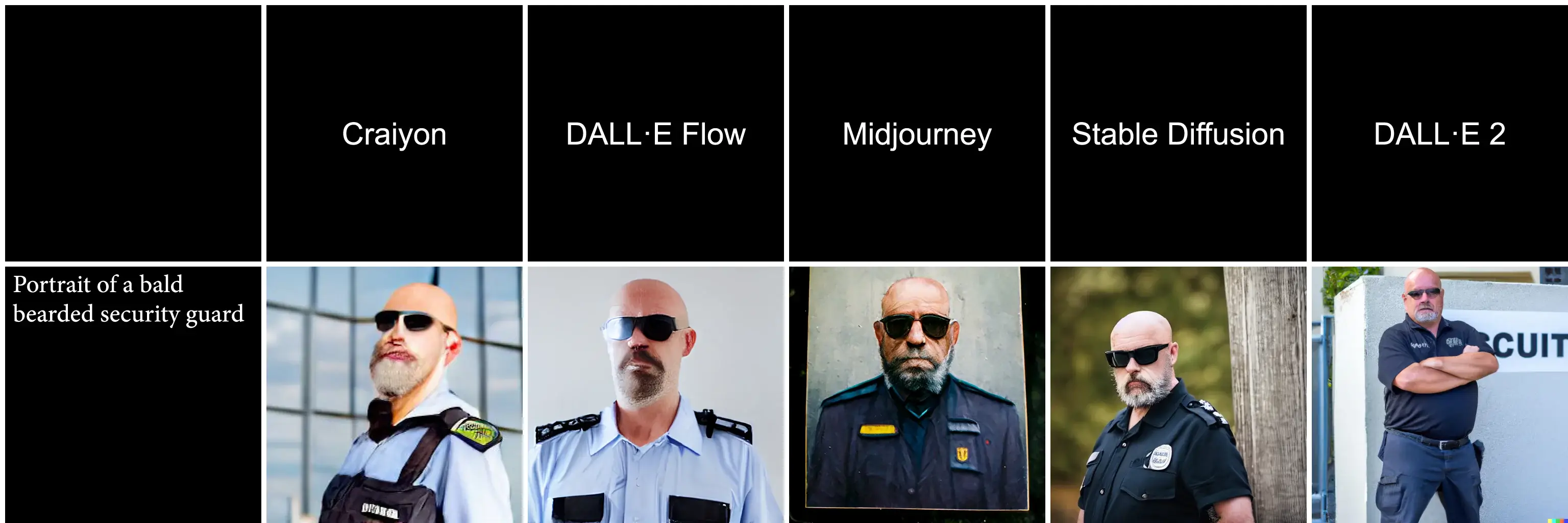

Top Ways To Use Image AI Models Creations
Thanks to its quality and ease of use, Midjourney and DALLE art can be used:
- On Social Media - eye-catching headers, posts, stories
- In Presentations - illustrations, data viz, diagrams
- For Videos - backgrounds, compositing, titles
- On Websites - banners, logos, concept art
- In Documents - reports, whitepapers, infographics
- For Merchandise - t-shirts, mugs, prints, NFTs
- In Marketing - ads, billboards, brochures, flyers
Generative Image Models boost productivity and creativity for marketing, design, and beyond.
Midjourney vs DALL-E 3 vs Stable Diffusion AI Art Platforms
Midjourney has become one of the most popular AI art generators. But how does it compare to competitors? And where can you use Midjourney creations?
Here's how Midjourney stacks up to other top AI art platforms:
DALL-E 3
✦ Created by OpenAI, requires waitlist access
✦ Excellent quality images from text
✦ Less animation/video support

Stable Diffusion
✦ Open source AI art model
✦ Requires technical setup
✦ More flexibility but harder to use
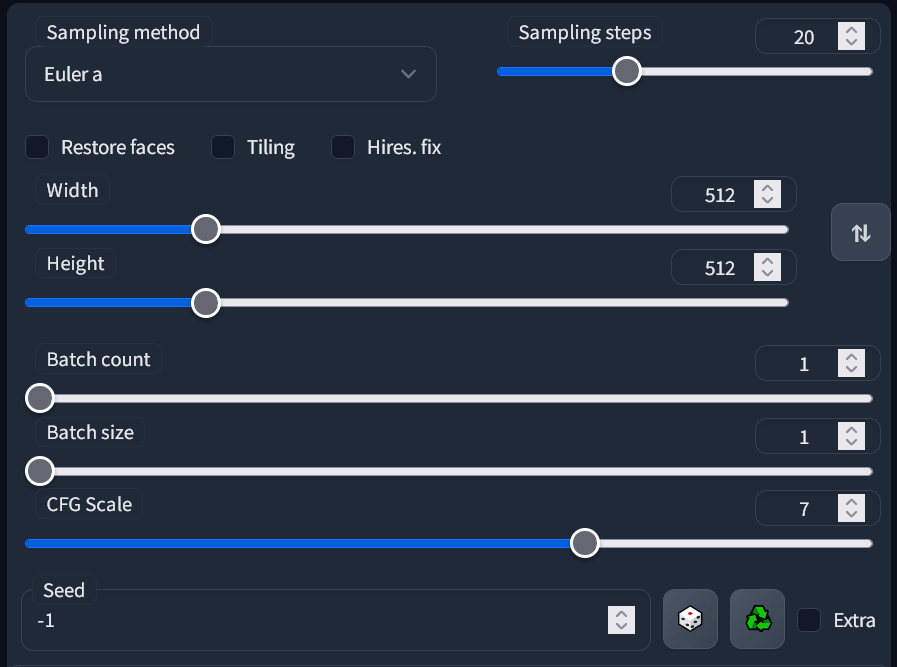
Midjourney
✦ Fully launched, open to all
✦ Simple text prompts
✦ Great quality and animation
✦ Easy to use and iterate

How to Access and Use Midjourney, DALL-E 2, and Stable Diffusion
Midjourney is primarily accessed through its website and Discord server. On the Midjourney website, users can generate images from text prompts for personal use. For commercial generation, a paid Pro subscription is required. The large Midjourney Discord community allows real-time collaboration and feedback on generations.
DALL-E 2 is only available through its official website, requiring a paid subscription for image generation. The website interface allows uploading text prompts and generating images to be used based on the plan's terms of use.
Stable Diffusion can be run locally on a user's machine once the model is downloaded. However, several web services have also been created to offer Stable Diffusion generation through a website interface, such as Runway ML and Stability.AI. Both personal and commercial uses are permitted through these interfaces.
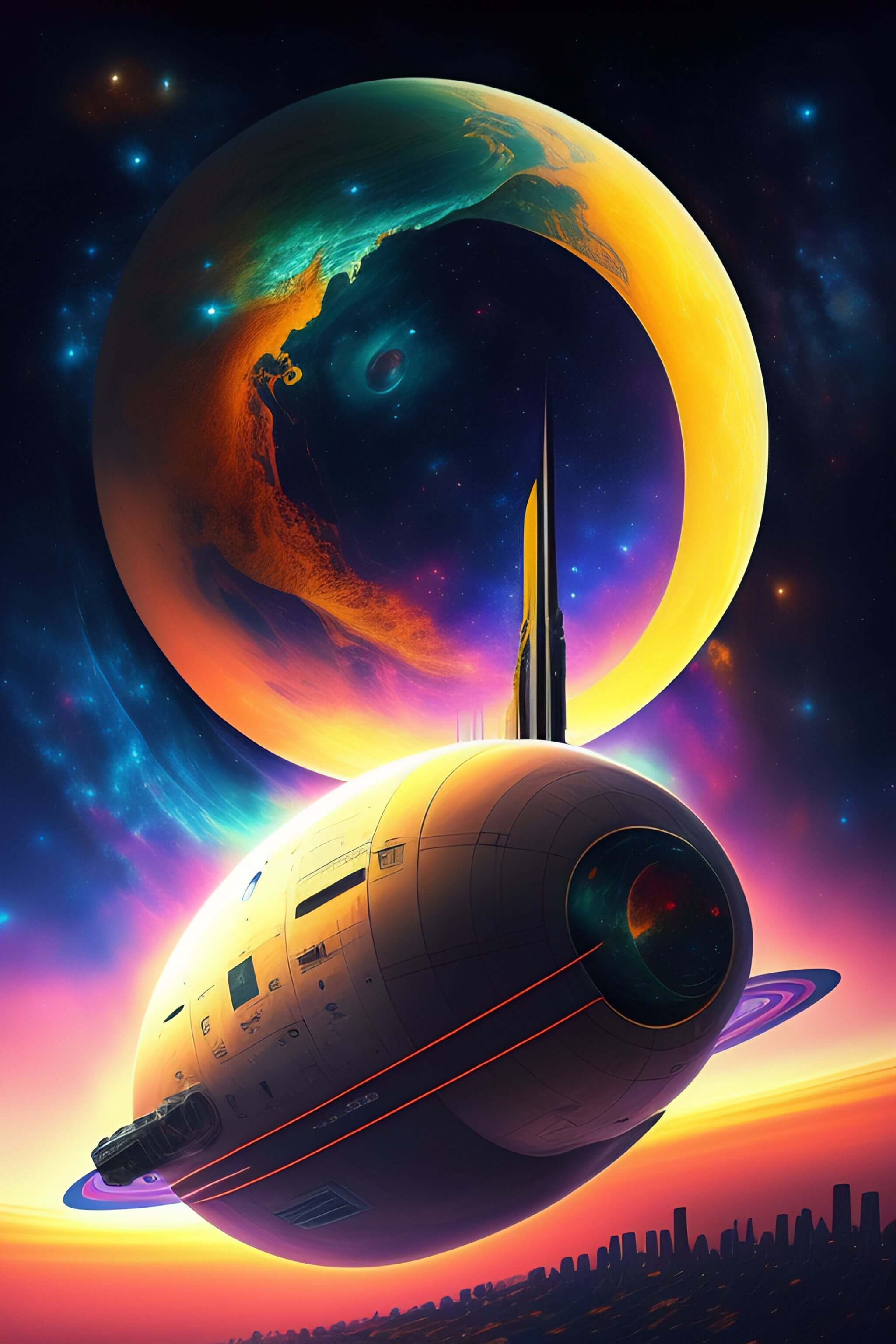
The Future
All 3 models show the huge potential of generative AI. In the future, we can expect:
- Even more photorealistic and 3D image generation
- Longer form video generation
- Integration into creating full digital scenes and environments
AI art generators like Midjourney are just getting started. The future looks very creative.
Midjourney offers a glimpse at the possibilities of AI. Its simple yet powerful capabilities make it a leader in no-code generative AI.